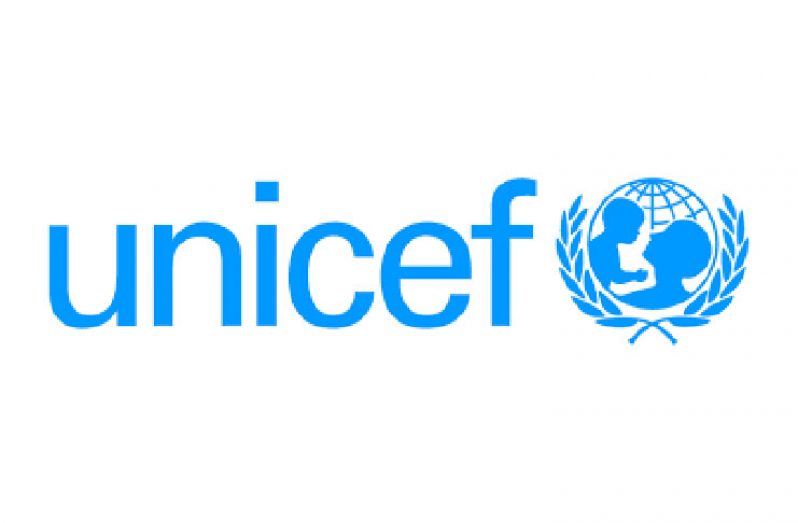ACCESS to a good quality education continues to be an issue for indigenous youths and this was proven during a study which revealed that students in the hinterland regions receive a very poor quality of education at both primary and secondary levels.
The study was conducted by the United Nations Children’s Fund (UNICEF) and the Ministry of Indigenous Peoples’ Affairs (MIPA).
Nine villages from the 10 administrative regions were studied by researchers who did comprehensive analyses of the lives of indigenous women and children who live in those villages.
According to the findings, the gap between the coastland and hinterland has increased, indicating that improvements in the quality of education were more significant on the coast.
When the report was submitted to MIPA, the subject Minister Sydney Allicock said although the hinterland regions recorded good results at this year’s National Grade Six Assessment (NGSA), a lot is yet to be done in order to improve the quality of education those students receive. Until that is done, the minister expressed his belief that those students should not be judged equally to the youths who live on the coastland.
He went on to point out that guaranteeing a good quality of education in primary and secondary schools for indigenous children is one of the main challenges for them.
The report highlighted that deficiencies in the quality of education for children and adolescents in the hinterland are influenced by factors such as lack of qualified teachers and resources such as books and learning materials, among others; poor infrastructure at the schools, including buildings that are old, lack of computers and access to the internet and lack of labs in general.
In addition, in most of the schools that were visited, the washrooms were not in an appropriate condition and many did not have doors, running water, and were dirty.
“In some schools, students prefer to use the bushes rather than the sanitary blocks,” the report pointed out.
Those factors have led to more worrying issues such as the reported increase of adolescents who are not completing secondary school. According to the report, for every 100 indigenous boys and girls enrolled in secondary school, only 53 would complete the final years of secondary education.
Researchers found that school dropouts are common in the hinterland. Some students stop their formal education because they did not obtain sufficient marks at the NGSA exams to qualify for the national and regional scholarships.
This reportedly adds to the “vicious” life cycle of inadequate qualifications and lack of skills, which contribute to low-paying jobs and poverty in the indigenous communities.
President David Granger had said that government is committed to improving education in the hinterland regions. The President pointed out that many young people who are school dropouts are often left with no choice but to seek menial, low-paying jobs and this, in many ways, prevents them from getting out of the cycle of poverty. He noted that each region is endowed with wealth-creating resources, but for these to be developed, education is the key.
“What we want is a generation of young people, who are educated, who can use computers, who can use machines and help themselves to make a good living… Once you get an education, you would be able to use your science and your skills and your technology to use the very products that are coming out of your region in what is called agro-processing. Anything you produce can be processed and exported,” he said.




.jpg)










